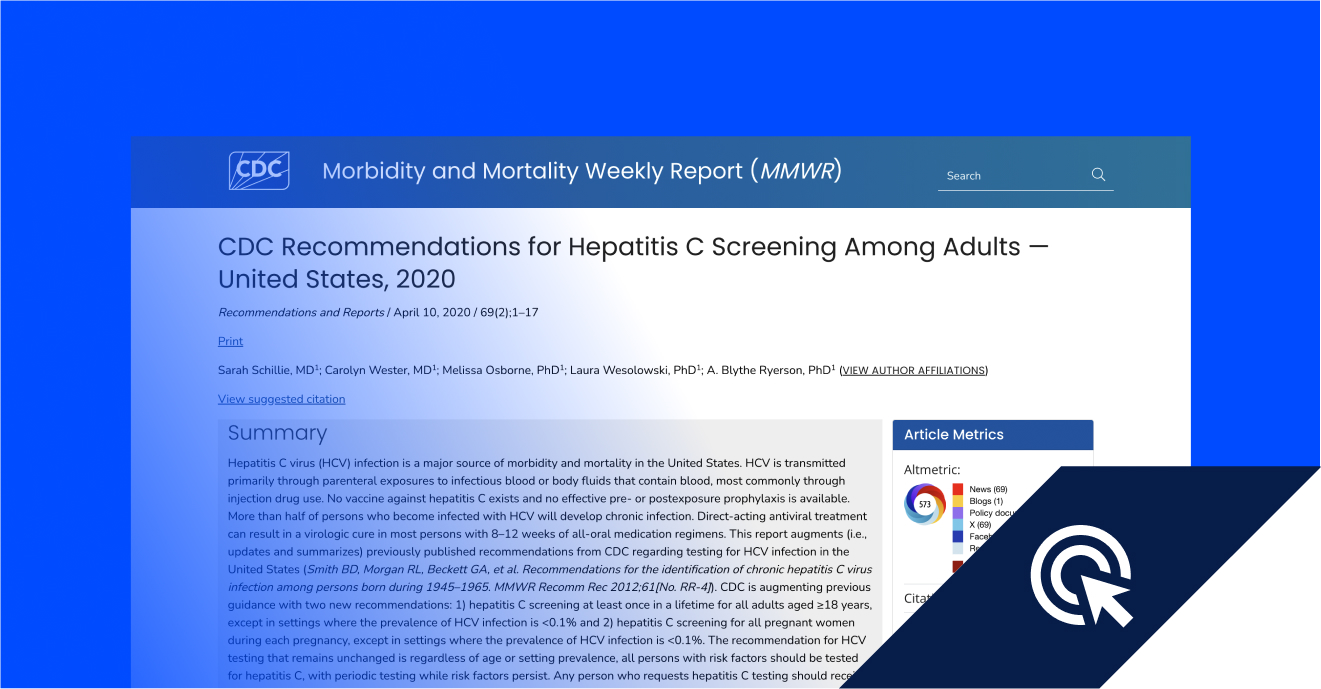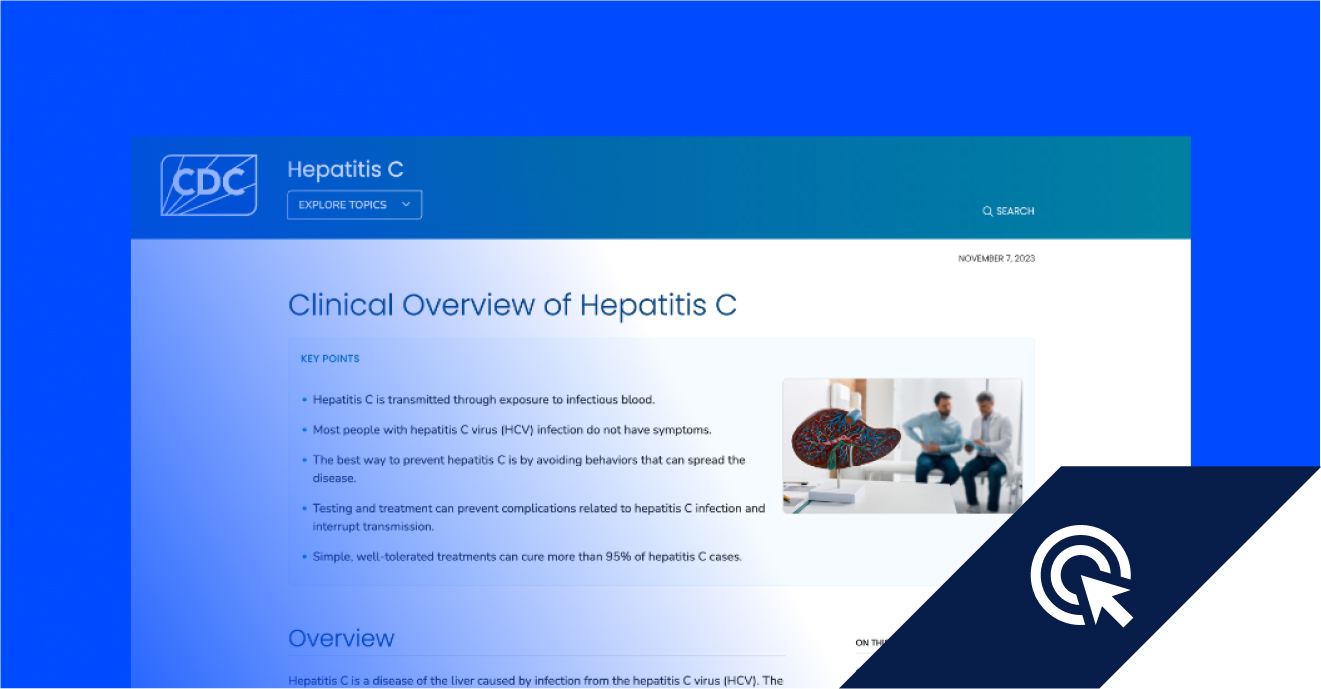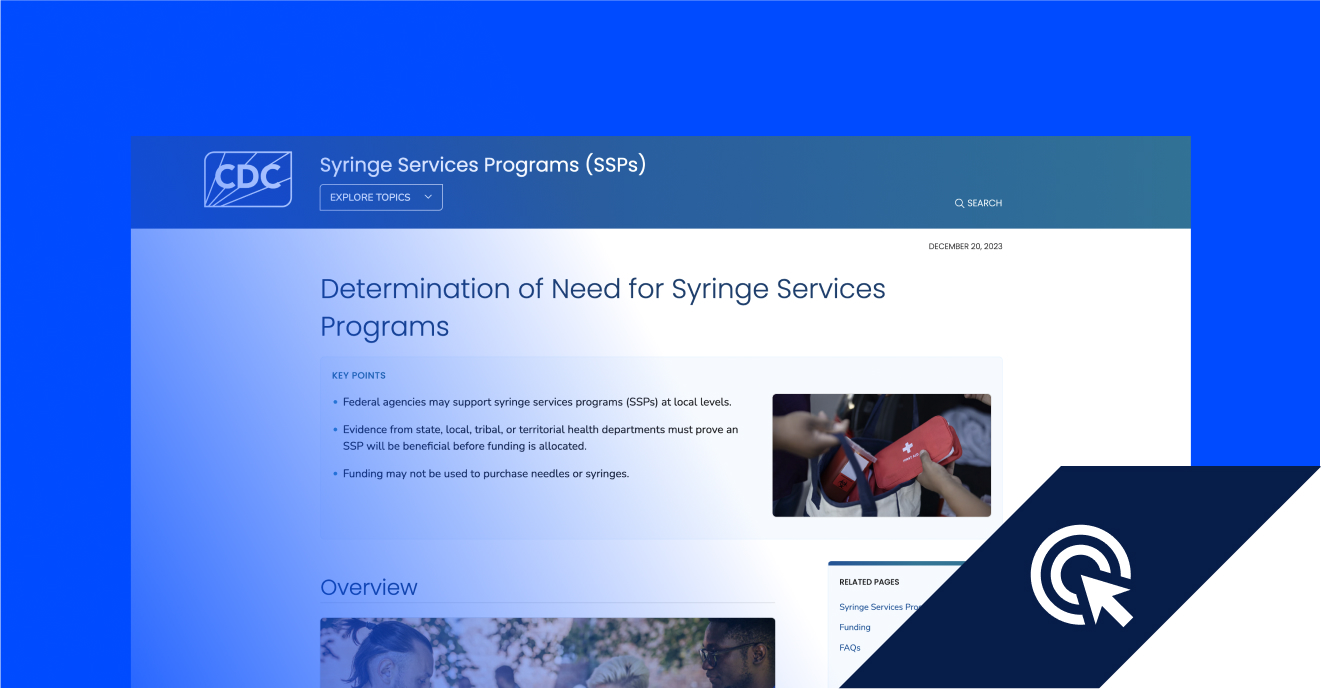Living With HCV
Meet Alyssa
Alyssa is a 29-year-old single mother with a 3-year-old daughter. She lives in urban Atlanta and currently works in a low-income job as a grocery store clerk.
A Closer Look
Alyssa copes with her stress through alcohol and intravenous substance use. Although using, she is punctual and sober for her work shifts. She has the support of her aunt, who often takes care of her daughter for days at a time. This gives Alyssa the opportunity to cut loose a bit, sometimes sharing needles with friends while out at the clubs on weekends. She knows that this carries a risk of disease transmission, but she is not getting tested because she doesn’t feel ill. Unfortunately, Alyssa actually is positive for HCV; she just doesn’t know it.
A Look Ahead
Alyssa truly wants a better life for herself and her daughter, but she often feels trapped in the cycle of using drugs and isn’t sure how she could ever stop.

Healthcare Outlook
Alyssa’s history with healthcare workers has not been positive. She has felt dismissed by doctors based on her race when expressing concerns during her prenatal visits and visits to the emergency room. Alyssa also had a traumatic birth with her daughter and has not returned to the doctor since.
The Bigger Picture
Healthcare providers in substance use disorder treatment programs and needle/syringe exchange programs should offer routine, opt-out HCV-antibody testing with reflexive or immediate confirmatory HCV-RNA testing and linkage to care for those who are infected1
To reduce barriers for people who inject drugs, healthcare providers should offer linkage to harm reduction services including intranasal naloxone, needle/syringe services programs, medications for opioid use disorder, and other substance use disorder treatment programs1

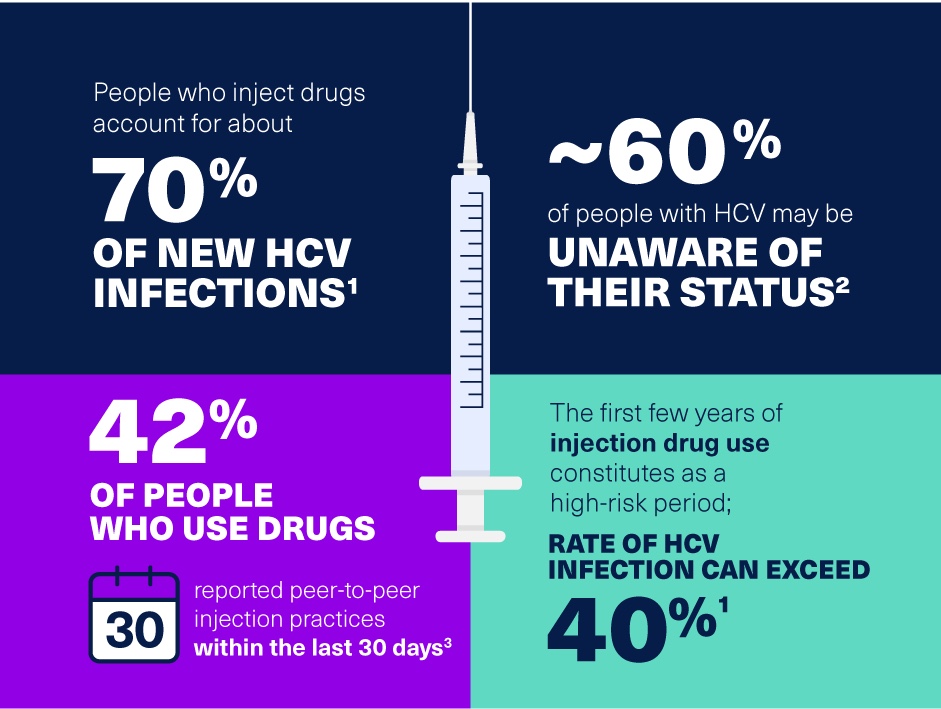
Additional Resources
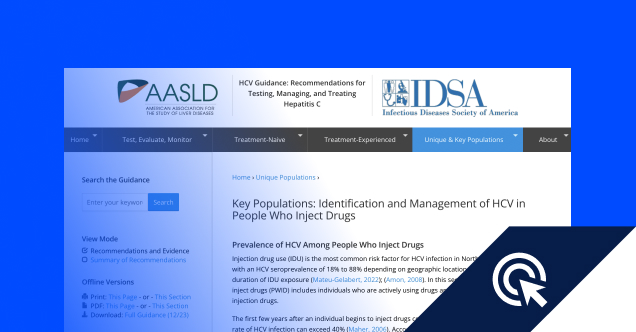
AASLD/IDSA: Guidelines on People Who Inject Drugs
Recommendations for HCV screening, treatment, and reinfection among people who inject drugs
CDC: Recommendations for HCV Screening
In 2020, CDC recommended HCV testing for all adults, pregnant people, and people with risk factors
CDC: Clinical Overview of Hepatitis C
Discover essential information about hepatitis C, including its transmission, prevention, and effective treatment options
CDC: Syringe Services Programs
Guidance on how to determine the need for Syringe Services Programs in a state, local, tribal, or territorial health department
References
- Key populations: identification and management of HCV in people who inject drugs. AASLD-IDSA. Updated December 19, 2023. Accessed August 21, 2024. https://www.hcvguidelines.org/unique-populations/pwid
- Blach S, Brown KA, Brown RS, et al. Modeling HCV elimination recovery following the COVID-19 pandemic in the United States: pathways to regain progress. J Infect Public Health. 2023;16(1):64-70. doi:10.1016/j.jiph.2022.11.021
- Lamb S, Kral AH, Dominguez-Gonzalex K, Wenger LD, Bluthenthal RN. Peer-to-peer injection: demographic, drug use, and injection-related risk factors. Int J Drug Policy. 2018;61:44-51. doi: 10.1016/j.drugpo.2018.07.001

